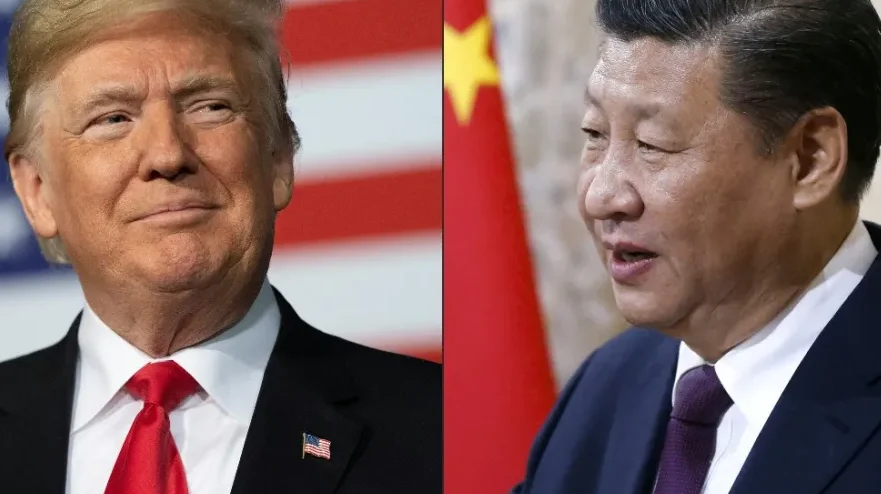PARONG, INDIA — India is scrambling to speed up construction of its biggest-ever dam after Beijing announced plans to build the world’s largest hydropower project just upstream in Tibet. Delhi fears the Chinese mega-dam could slash water flows on the Brahmaputra River by as much as 85% in the dry season, according to government documents and sources familiar with the matter.
The river, known as the Yarlung Zangbo in Tibet and the Siang in India, originates in the Angsi Glacier and sustains more than 100 million people across China, India and Bangladesh. Delhi has long worried about its reliance on water from Tibet, but until now its own dam plans have been stalled by fierce opposition in Arunachal Pradesh, where locals fear losing their land and livelihoods.
China’s December announcement that it would push ahead with a $170 billion hydropower dam near the border jolted Delhi into action. The concern is not just over water shortages. Indian officials fear Beijing could use its control of the river as a weapon, releasing floods or cutting supplies to downstream areas.
In May, India’s state-run hydropower giant NHPC began moving survey equipment under police protection to a proposed site for the Upper Siang Multipurpose Storage Dam, which would surpass all existing Indian dams in size. Prime Minister Narendra Modi’s office has since held high-level meetings on fast-tracking the project.
China’s project raises alarms
China has yet to release full details of its dam, but Indian analysis suggests it could divert as much as 40 billion cubic meters of water more than a third of what reaches India annually at a key border point. The effect would be felt most during the dry months, when water scarcity is already severe.
India’s proposed Upper Siang dam would store about 14 billion cubic meters, allowing the government to release water when it’s most needed. Without it, major cities like Guwahati could face water shortages of up to 25% during the dry season, compared to 11% if the dam is built. The project could also shield India from sudden water surges if China decided to release excess flows.
Beijing has dismissed concerns, insisting its dams undergo strict safety and environmental checks. “China has always maintained a responsible attitude toward transboundary rivers,” a foreign ministry spokesperson said.
Local resistance in Arunachal Pradesh
But in Arunachal Pradesh, anger is mounting. When NHPC surveyors arrived in May, residents of Parong village torched police tents, damaged machinery and destroyed a bridge. Many belong to the Adi community, which depends on farming in the river-fed valleys.
“We will fight the dam to death,” said Odoni Palo Pabin, a local grocer and mother of two. “The land feeds our families.”
At least 16 villages, home to around 10,000 people, would be submerged if the dam goes ahead, according to government estimates. Community leaders say the wider impact could reach more than 100,000 people.
Still, the Arunachal state government, led by Modi’s party, backs the project, calling it vital for India’s water security. It has promised compensation and talks with affected families. Some villages have already agreed to allow NHPC to continue survey work.
A race against time
Even if approved, the Upper Siang dam could take a decade to build, meaning China’s project would likely be finished first. That leaves India vulnerable during construction, when sudden water releases from the Chinese side could wash away temporary works.
Experts warn both projects come with major risks. Tibet and Arunachal Pradesh are in a seismically active zone prone to landslides, glacial floods and extreme weather. “Building mega-dams here raises serious safety concerns,” said Sayanangshu Modak, an India-China water expert at the University of Arizona.
For now, Delhi faces a dilemma: risk local backlash at home or risk being left without defenses if Beijing tightens its grip on one of South Asia’s most vital rivers.





